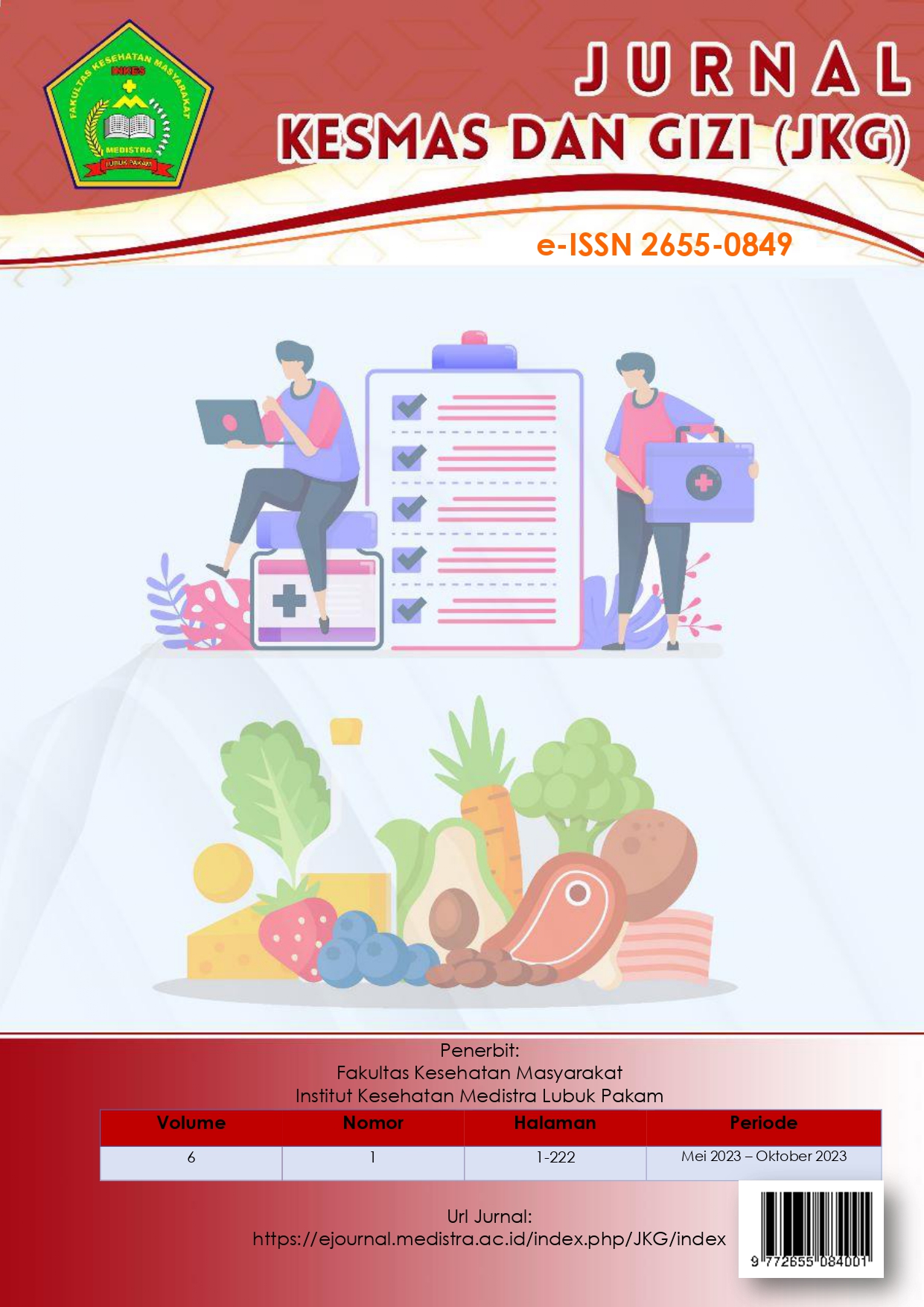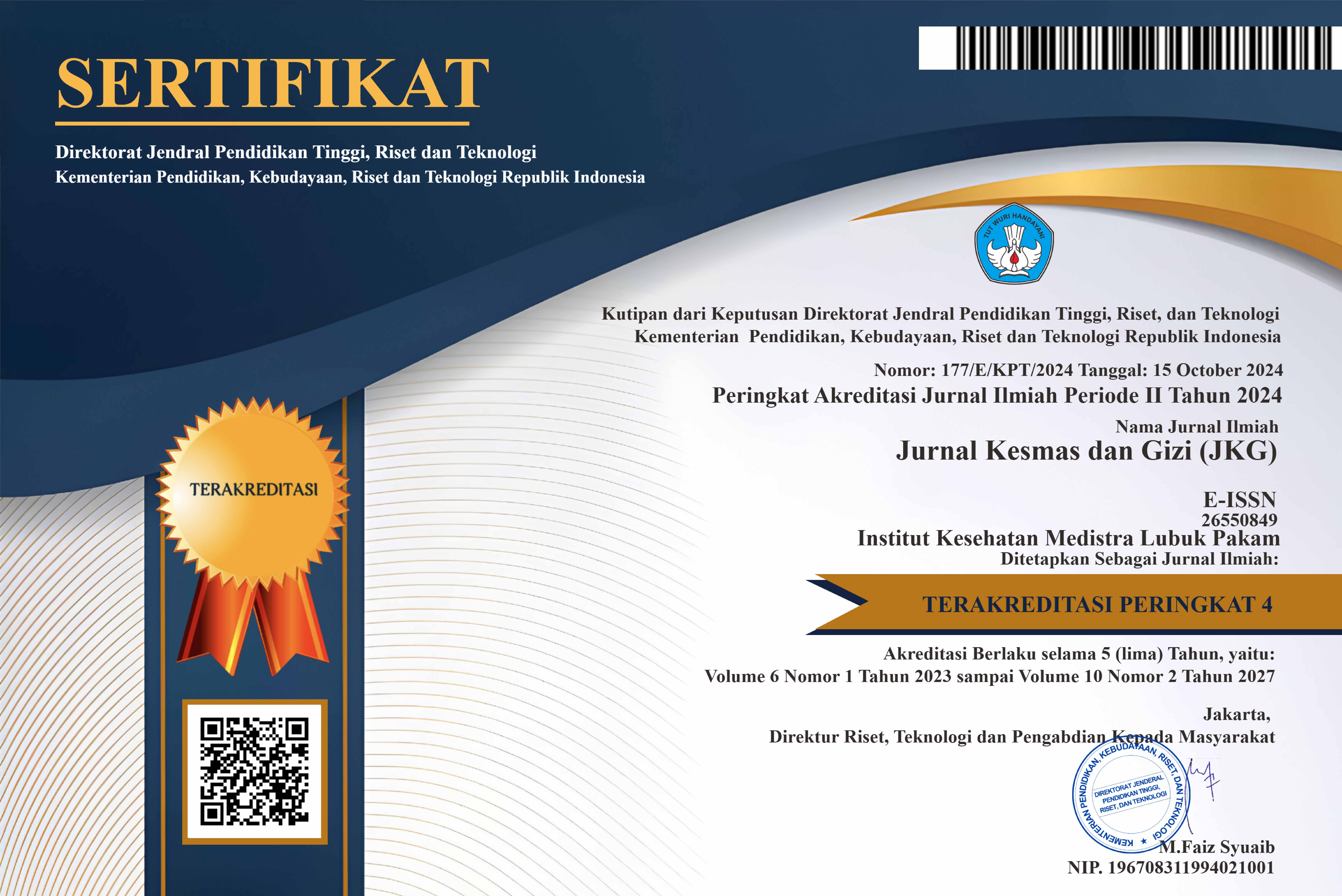The Strategies to Strengthen Interprofessional Competence Through Emergency Simulations in Primary Healthcare Facilities
Strategies to Strengthen Interprofessional Competence Through Emergency Simulations in Primary Healthcare Facilities
DOI:
https://doi.org/10.35451/jkg.v6i1.2498Keywords:
Knowledge, Action, Medical Waste Management, NurseAbstract
Primary healthcare facilities play a crucial role in handling emergency cases that require quick response and effective coordination among healthcare professionals. Strengthening interprofessional competencies through medical simulation has become a key strategy in improving communication skills, team coordination, and decision-making effectiveness in emergency situations. This study employs a quasi-experimental method involving various healthcare professions in realistic scenario-based emergency simulations. The results indicate that after attending the simulation training, there was a significant improvement in team communication, coordination, and decision-making effectiveness. Simulations not only enhance healthcare workers’ preparedness in handling emergency cases but also contribute to reducing medical errors. Therefore, this method is recommended for widespread implementation in primary healthcare facilities to improve emergency service quality.
Downloads
References
Gaba, D. M. (2004). The future vision of simulation in healthcare. Quality and Safety in Health Care, 13(Suppl 1), i2-i10.
Jeffries, P. R. (2005). A framework for designing, implementing, and evaluating simulations used as teaching strategies in nursing. Nursing Education Perspectives, 26(2), 96-103.
WHO. (2010). Framework for action on interprofessional education & collaborative practice. World Health Organization.
Lateef, F. (2010). Simulation-based learning: Just like the real thing. Journal of Emergencies, Trauma and Shock, 3(4), 348-352.
Salas, E., et al. (2008). Does team training work? Principles for health care. Academic Emergency Medicine, 15(11), 1002-1009.
Issenberg, S. B., et al. (2005). Features and uses of high-fidelity medical simulations that lead to effective learning. Medical Teacher, 27(1), 10-28.
Rudolph, J. W., et al. (2007). Debriefing with good judgment: Combining rigorous feedback with genuine inquiry. Anesthesiology Clinics, 25(2), 361-376. [8] Ziv, A., et al. (2003). Simulation-based medical education: An ethical imperative. Academic Medicine, 78(8), 783-788.
Cheng, A., et al. (2014). Technology-enhanced simulation and pediatric education: A meta-analysis. Pediatrics, 133(5), e1313-e1323.
Cook, D. A., et al. (2011). Technology-enhanced simulation for health professions education: A systematic review and meta-analysis. JAMA, 306(9), 978-988.
Downloads
Published
Issue
Section
License
Copyright (c) 2023 Romauli Anna

This work is licensed under a Creative Commons Attribution 4.0 International License.
Copyright in each article is the property of the Author.


























